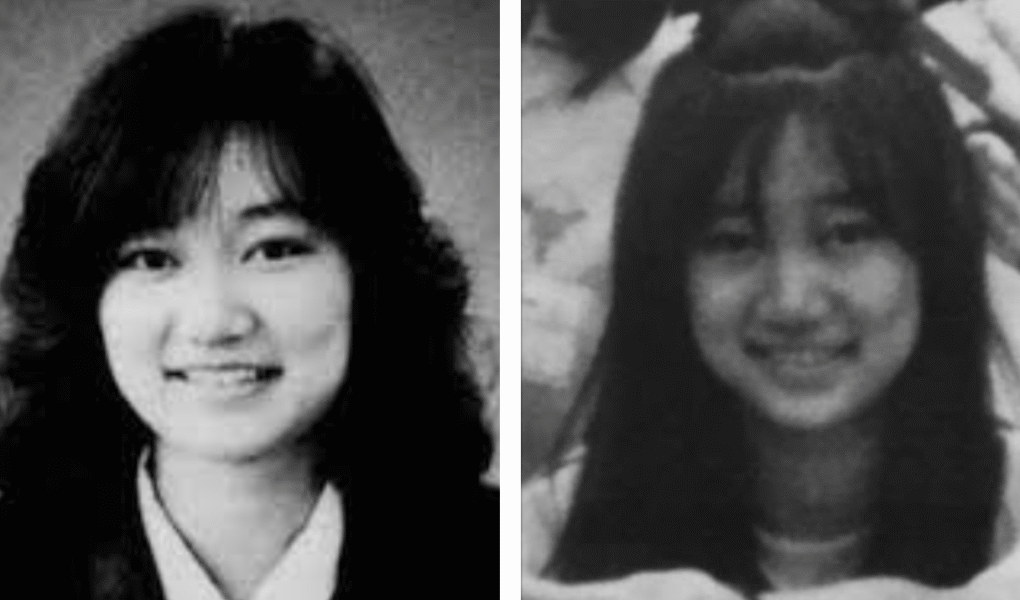In the quiet suburbs of Misato, Saitama, lived a 17‑year‑old high school student named Junko Furuta—a bright, responsible, and deeply loved girl. Her life was cut short by a chain of unimaginable cruelty. But what resonates most isn’t merely the horror that unfolded, but the eerie silence around her suffering, the failure of community, and a justice system ill‑equipped to prevent it. This is not just a crime—it’s a call to action about the cost of silence.
Quick Bio
| Name | Junko Furuta |
|---|---|
| Birth Date | January 18, 1971 |
| Birth Place | Misato, Saitama, Japan |
| Age at Death | 17 years old |
| Height | Not documented |
| Net Worth | Not applicable |
| Family | Parents, one older brother, one younger brother |
| School | Yashio-Minami High School |
| Occupation | Student, part-time factory worker |
| Hobbies/Dreams | Idol singing aspirations |
| Social Media | None (pre-digital era) |
| Death Date | January 4, 1989 |
| Cause of Death | Traumatic shock from torture |
| Legacy | Symbol of justice reform and remembrance |
Who Was Junko Furuta
Junko was born on January 18, 1971, and grew up in Misato with her parents, an older brother, and a younger brother. She was in her senior year at Yashio‑Minami High School, known for excellent grades, near-perfect attendance, and a kind demeanor. Outside school, she had taken a part-time job at a plastic‑molding factory to save for her graduation trip. She had also accepted work at an electronics retailer—something she planned to begin after graduation.
Though there is no information on her height, net worth, or social media, as she was a private teenager in 1988, her personality shines clearly: she was beloved by peers and described as polite and responsible. Some said she dreamed of becoming an idol singer someday. Her life was full of promise and youthful ambition.
The Abduction
On November 25, 1988, Junko was riding home from work when a group of teen boys, including Hiroshi Miyano, Jō Ogura, Shinji Minato, and Yasushi Watanabe, set a trap for her. Miyano orchestrated the attack, ordering Minato to knock her off her bicycle. Pretending to help, he lured her into captivity. That night, she was taken to Minato’s house in Adachi, Tokyo, which would become the site of her long and cruel imprisonment.
Forty-Four Days of Captivity
Over the next forty-four days, Junko endured unspeakable suffering. She was assaulted, tortured, and deprived of even the most basic human dignity. Neighbors reportedly heard strange noises and cries, yet no one intervened. The Minato household itself, aware of what was happening, chose silence. Her condition worsened to the point that she could barely move, eat, or speak, yet she was given no mercy. Her face was swollen beyond recognition, and her health deteriorated rapidly.
The Day of Death
On January 4, 1989, after one of the boys lost a gambling game, they took out their frustrations on Junko. She was subjected to brutal acts of violence that ultimately led to her death by traumatic shock. The next day, her body was placed inside a metal drum, filled with concrete, and abandoned in a construction area in Kōtō, Tokyo. Months later, on March 29, police discovered the drum and identified her through fingerprints.
Why the Silence
One of the most haunting truths of this case is not only the violence but the silence that surrounded it. Neighbors, classmates, and even members of the Minato family were aware that something was wrong. Yet no one intervened, often citing fear of gang connections or simple unwillingness to get involved. That silence became as devastating as the actions of her captors, reinforcing how inaction can have consequences as tragic as direct cruelty.
Trial and Sentencing
When the perpetrators were arrested, they were still minors. Japan’s juvenile justice laws protected their identities and limited the severity of their punishment. Hiroshi Miyano received twenty years, the heaviest sentence, while others served between five and ten years. The leniency sparked outrage across Japan and internationally. Many questioned whether the justice system could truly serve victims when crimes of such cruelty were treated with restraint simply because of age.
Legacy and Remembrance
Junko’s story has become one of Japan’s most infamous cases, often called the “Concrete‑Encased High School Girl Murder.” Films, books, and articles have tried to capture the tragedy, but for many, her legacy lives in awareness. She has become a symbol of the consequences of apathy, the failure of a community to intervene, and the need for stronger protections for vulnerable young people. Memorials continue to this day, honoring her as more than a victim of crime but as a young woman whose light was stolen too soon.
Conclusion
Junko Furuta was more than a tragic headline—she was a daughter, a sister, a student, and a dreamer. Her story forces us to confront not just the cruelty of a few individuals but the silence of many. Remembering her is a reminder that silence is never neutral. Speaking out, acting with courage, and protecting the vulnerable are the ways we can honor her memory and ensure her story continues to inspire change.
READ MORE: How Nikki Glaser Built Her Net Worth Through Comedy and TV
FAQs
What was Junko Furuta’s age at the time of her death?
She was only 17 years old when her life was tragically taken in January 1989.
Did Junko Furuta have social media accounts?
No, she did not. Social media platforms did not exist in 1988.
What was Junko Furuta’s family like?
She lived with her parents, an older brother, and a younger brother in a close-knit household.
Why is her case still remembered today?
Because of its extreme cruelty, the failures of society to protect her, and the light sentences the perpetrators received, her case remains infamous worldwide.
Did Junko Furuta have any notable dreams or goals?
Yes, she was focused on her education, had secured part-time jobs, and some accounts suggest she dreamed of becoming an idol singer.




